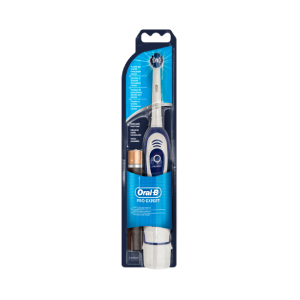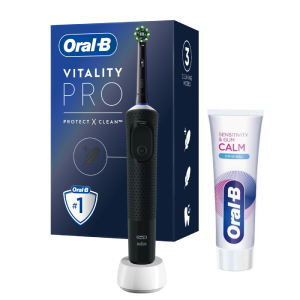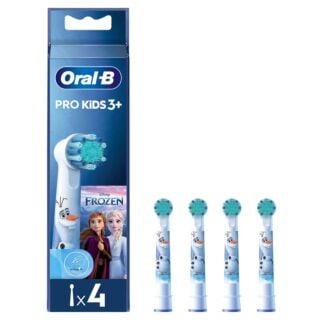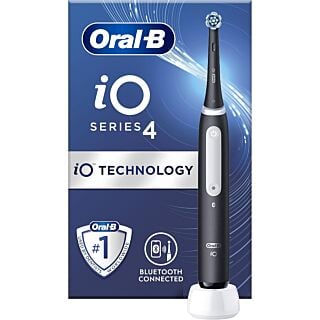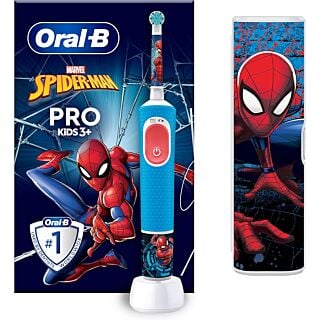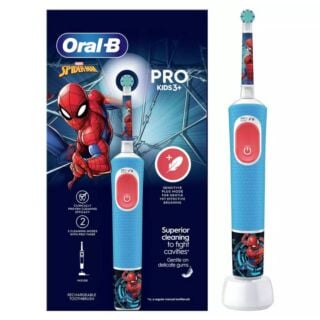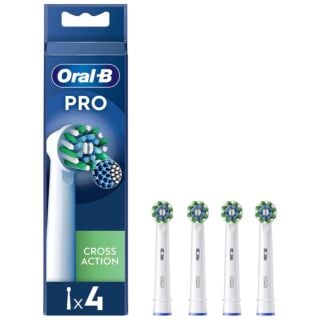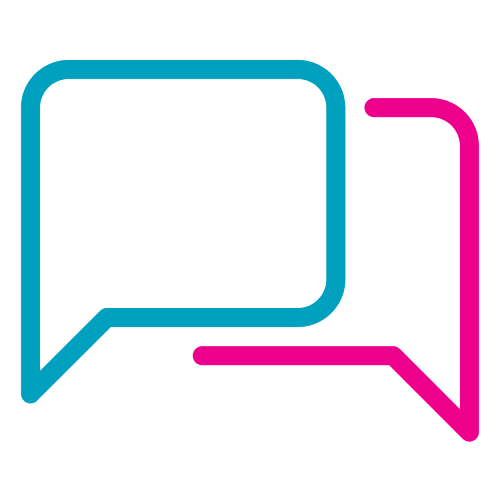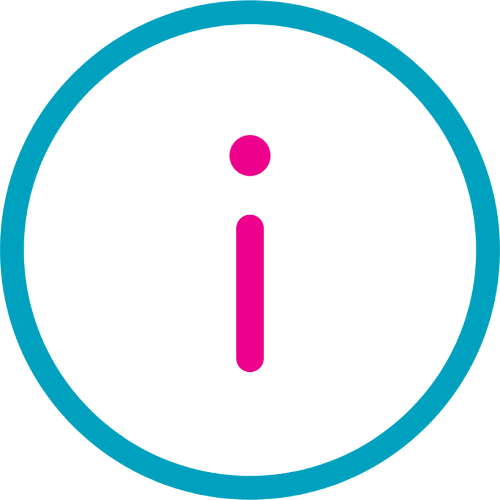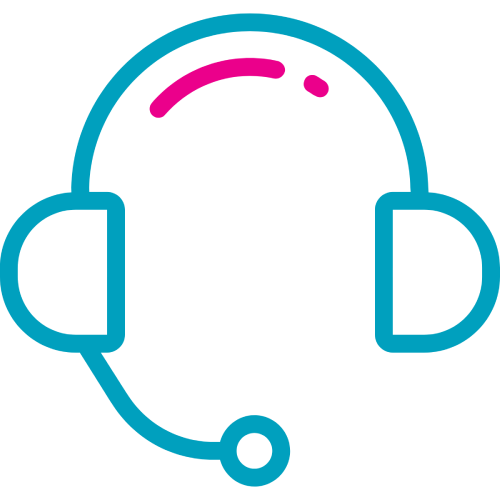Offers
Get amazing deals on Oral-B, the world's number one dentist-recommended brand! … Read More See less
Whether you're after a new electric toothbrush for yourself or your little one, or perhaps you're looking for that perfect gift for someone special, we've got all the best offers on Oral-B right here!
Free delivery when you spend over £30
100% discreet delivery for every item ordered
Fully regulated UK pharmacy
Are electric toothbrushes better than manual toothbrushes?
Generally, studies show that electric toothbrushes reduce the amount of plaque compared to manual toothbrushes.
As electric toothbrushes don’t require the sweeping, scrubbing motion that manual toothbrushes do, they may be easier for those with limited mobility, like if you suffer from carpal tunnel or arthritis.
Electric toothbrushes tend to be better for the environment, too.
This is because usually, you will only need to replace the head of the electric toothbrush, compared to the entirety of it.
Can children use an electric toothbrush?
Letting your child use an electric toothbrush is fine if they’re 3 years old and over - if they’re younger than this, a manual toothbrush should be used to be gentle on their gums.
Electric toothbrushes can increase your child’s engagement with brushing as they’re often available in fun colours, with many popular characters being featured on the handle.
If you use an electric toothbrush, it’s only natural that your child might want one, too.
How often do I need to charge my electric toothbrush?
For most brands, if you leave your electric toothbrush on its charging stand for 24 hours, it will be fully charged - the maximum time a toothbrush takes to fully charge is 22 hours.
If you’re unsure whether your toothbrush needs charging, have a look at the battery icon, typically placed on the front of the brush handle.
If it’s green, it will be fully charged, if it’s flashing green it means that it’s charging, and red, orange or yellow colours mean that it’s low on battery.
Most brands encourage you to leave your toothbrush on the charging stand at all times after you’ve finished brushing to ensure it’s always got plenty of charge, but always read the instructions provided in the box.

